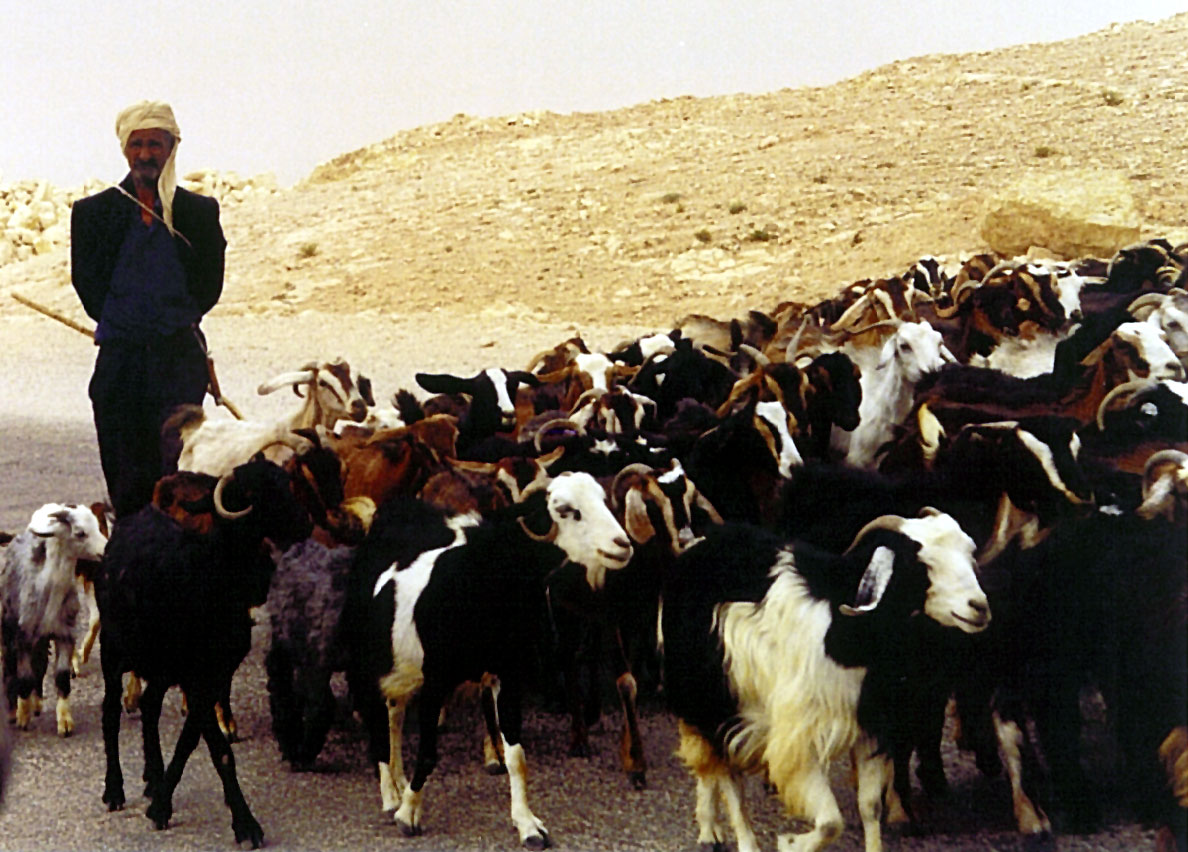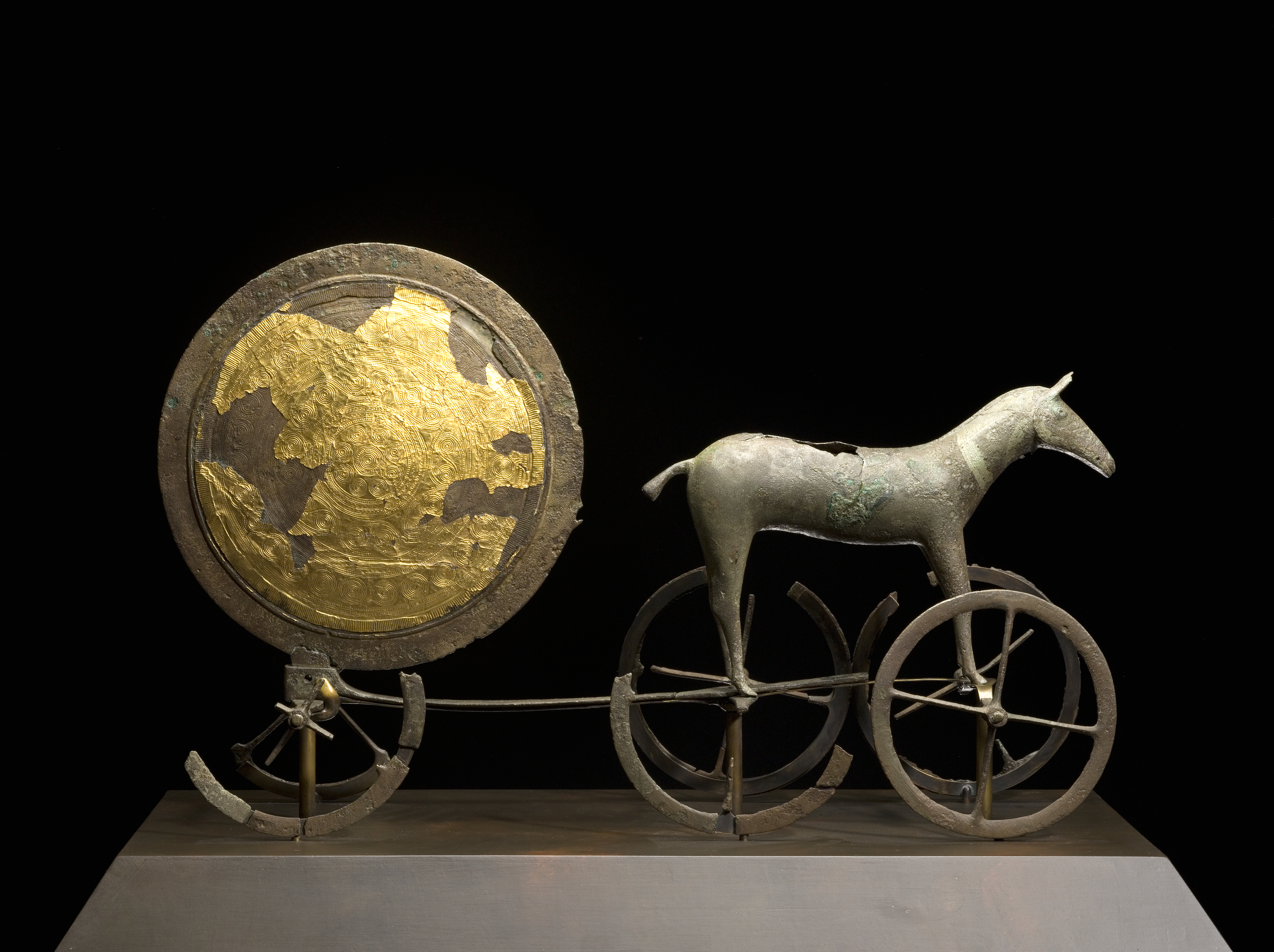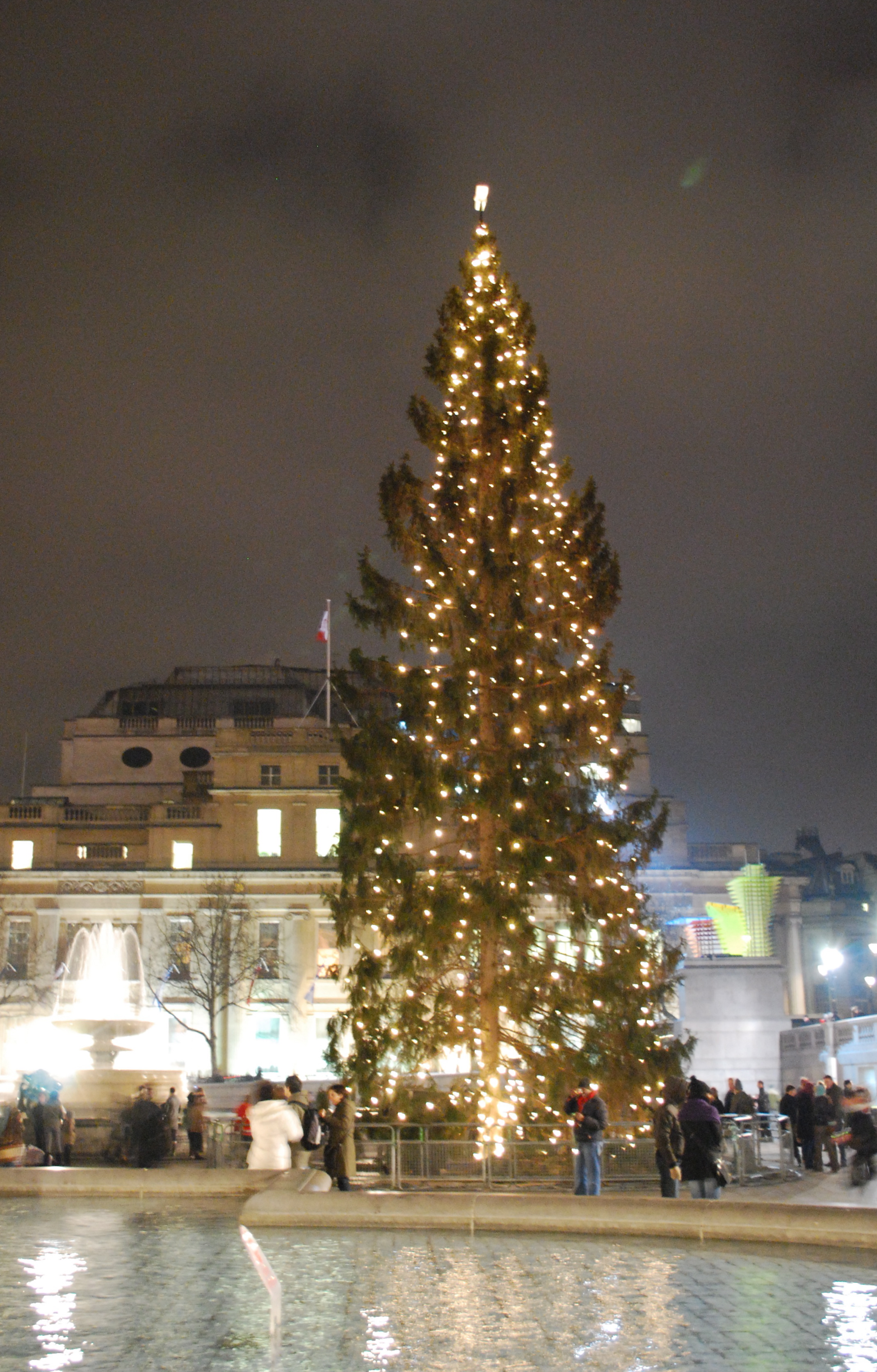|
History Of Jämtland
The history of Jämtland dates back thousands of years, starting with the arrival of humans. During the middle ages, Jämtland was an autonomous peasant republic, with its own law, currency and parliament. Jämtland was conquered by Norway in 1178 and stayed Norwegian for over 450 years, maintaining some autonomy until it was ceded to Sweden in 1645. The province has since been Swedish for roughly 350 years, though the population did not gain Swedish citizenship until 1699. Historically Jämtland was a special territory between Norway and Sweden. During the unrest period in Jämtland's history (1563–1677) it shifted alignment between the two states no less than 13 times. As Jämtland is linked to lands both west and east, particularly to Trøndelag in Norway, it was of great importance for the Jamts to maintain good relationships in both directions. Prehistory The first humans came to Jämtland from the west across Kölen approximately 7 000-6 000 BC, after the last ice ... [...More Info...] [...Related Items...] OR: [Wikipedia] [Google] [Baidu] |
Jämtland
Jämtland () is a historical provinces of Sweden, province () in the centre of Sweden in northern Europe. It borders Härjedalen and Medelpad to the south, Ångermanland to the east, Lapland, Sweden, Lapland to the north and Trøndelag and Norway to the west. Jämtland covers an area of 34,009 square kilometres, 8.3% of Sweden's total area and is the second largest province in Sweden. It has a population of 115,331, the majority of whom live in , the area surrounding lake Storsjön. Östersund is Jämtland's only city and is the List of cities in Sweden by population, 24th most populous city in Sweden. The historical province is one of the least densely populated. Jämtland was originally an autonomous republic,Ekerwald, Carl-Göran (2004). ''Jämtarnas historia'' (in Swedish), 124. "Svaret är att Jämtland före 1178 var ett självständigt bondesamfund, "dei vart verande ein nasjon för seg sjöl", för att nu citera Halvdan Koht, Halfdan Koht.. Jämtland var en bonderepublik ... [...More Info...] [...Related Items...] OR: [Wikipedia] [Google] [Baidu] |
Offerdal
Offerdal is a parish (so called ''socken'') and former municipality (pop. 2,100) in Krokom Municipality, Jämtland in the middle of Sweden. The seat of the former municipality Offerdal, Änge, is situated 50 kilometres northwest of Östersund Östersund (; ) is an Urban areas in Sweden, urban area (Stad (Sweden), city) in Jämtland in northern Sweden. It is the seat of Östersund Municipality and the capital of Jämtland County. Östersund is located at the shores of Sweden's fifth-larg ..., the capital of Jämtland. Geography and culture Offerdal is a highland region with the highest peak being ''Makkene'', a peak in the ''Oldfjällen'' mountain range with an altitude of 1 266 meters above sea level. The south of Offerdal is a genuine agricultural area with a long history. In today’s Offerdal, farming is less important, but is still an important part of the local culture. The Sami people live in the mountain area in the north of Offerdal, in the villages ''Jänsmässholme ... [...More Info...] [...Related Items...] OR: [Wikipedia] [Google] [Baidu] |
Barley
Barley (), a member of the grass family, is a major cereal grain grown in temperate climates globally. It was one of the first cultivated grains; it was domesticated in the Fertile Crescent around 9000 BC, giving it nonshattering spikelets and making it much easier to harvest. Its use then spread throughout Eurasia by 2000 BC. Barley prefers relatively low temperatures and well-drained soil to grow. It is relatively tolerant of drought and soil salinity, but is less winter-hardy than wheat or rye. In 2023, barley was fourth among grains in quantity produced, 146 million tonnes, behind maize, rice, and wheat. Globally, 70% of barley production is used as animal feed, while 30% is used as a source of fermentable material for beer, or further distilled into whisky, and as a component of various foods. It is used in soups and stews and in barley bread of various cultures. Barley grains are commonly made into malt using a traditional and ancient method of preparatio ... [...More Info...] [...Related Items...] OR: [Wikipedia] [Google] [Baidu] |
Herding
Herding is the act of bringing individual animals together into a group (herd), maintaining the group, and moving the group from place to place—or any combination of those. Herding can refer either to the process of animals forming herds in the wild, or to human intervention forming herds for some purpose. While the layperson uses the term "herding" to describe this human intervention, most individuals involved in the process term it mustering, "working stock", or droving. Some animals instinctively gather together as a herd. A group of animals fleeing a predator will demonstrate herd behavior for protection; while some predators, such as wolves and dogs have instinctive herding abilities derived from primitive hunting instincts. Instincts in herding dogs and trainability can be measured at noncompetitive herding tests. Dogs exhibiting basic herding instincts can be trained to aid in herding and to compete in herding and stock dog trials. Sperm whales have also been ob ... [...More Info...] [...Related Items...] OR: [Wikipedia] [Google] [Baidu] |
Neolithic Revolution
The Neolithic Revolution, also known as the First Agricultural Revolution, was the wide-scale transition of many human cultures during the Neolithic period in Afro-Eurasia from a lifestyle of hunter-gatherer, hunting and gathering to one of agriculture and sedentism, settlement, making an increasingly large population possible. These settled communities permitted humans to observe and experiment with plants, learning how they grew and developed. This new knowledge led to the domestication of plants into crops. Archaeological data indicate that the domestication of various types of plants and animals happened in separate locations worldwide, starting in the Geologic time scale, geological epoch of the Holocene 11,700 years ago, after the end of the last Ice Age. It was humankind's first historically verifiable transition to agriculture. The Neolithic Revolution greatly narrowed the diversity of foods available, resulting in a decrease in the quality of human nutrition compared ... [...More Info...] [...Related Items...] OR: [Wikipedia] [Google] [Baidu] |
Roman Iron Age
The archaeology of Northern Europe studies the prehistory of Scandinavian Peninsula, Scandinavia and the adjacent North European Plain, roughly corresponding to the territories of modern Sweden, Norway, Denmark, Northern Germany, Poland, the Netherlands and Belgium. The region entered the Mesolithic around the 7th millennium BC. The transition to the Neolithic Europe, Neolithic is characterized by the Funnelbeaker culture in the 4th millennium BC. The Chalcolithic Europe, Chalcolithic is marked by the arrival of the Corded Ware culture, possibly the first influence in the region of Kurgan hypothesis, Indo-European expansion. The Nordic Bronze Age proper began roughly one millennium later, around 1500 BC. The end of the Bronze Age is characterized by cultural contact with the Central European La Tène culture (Celts), contributing to the development of the Iron Age Scandinavia, Iron Age by the 4th century BC, presumably the locus of Common Germanic culture. Northern Europe enters ... [...More Info...] [...Related Items...] OR: [Wikipedia] [Google] [Baidu] |
Neolithic
The Neolithic or New Stone Age (from Ancient Greek, Greek 'new' and 'stone') is an archaeological period, the final division of the Stone Age in Mesopotamia, Asia, Europe and Africa (c. 10,000 BCE to c. 2,000 BCE). It saw the Neolithic Revolution, a wide-ranging set of developments that appear to have arisen independently in several parts of the world. This "Neolithic package" included the History of agriculture, introduction of farming, domestication of animals, and change from a hunter-gatherer lifestyle to one of sedentism, settlement. The term 'Neolithic' was coined by John Lubbock, 1st Baron Avebury, Sir John Lubbock in 1865 as a refinement of the three-age system. The Neolithic began about 12,000 years ago, when farming appeared in the Epipalaeolithic Near East and Mesopotamia, and later in other parts of the world. It lasted in the Near East until the transitional period of the Chalcolithic (Copper Age) from about 6,500 years ago (4500 BCE), marked by the development ... [...More Info...] [...Related Items...] OR: [Wikipedia] [Google] [Baidu] |
Red Ochre
Ochre ( ; , ), iron ochre, or ocher in American English, is a natural clay earth pigment, a mixture of ferric oxide and varying amounts of clay and sand. It ranges in colour from yellow to deep orange or brown. It is also the name of the colours produced by this pigment, especially a light brownish-yellow. A variant of ochre containing a large amount of hematite, or dehydrated iron oxide, has a reddish tint known as red ochre (or, in some dialects, ruddle). The word ochre also describes clays coloured with iron oxide derived during the extraction of tin and copper. Earth pigments Ochre is a family of earth pigments, which includes yellow ochre, red ochre, purple ochre, sienna, and umber. The major ingredient of all the ochres is iron(III) oxide-hydroxide, known as limonite, which gives them a yellow colour. A range of other minerals may also be included in the mixture:Krivovichev V. G. Mineralogical glossary. Scientific editor A. G. Bulakh. — St.Petersburg: St.Petersburg ... [...More Info...] [...Related Items...] OR: [Wikipedia] [Google] [Baidu] |
Norway Spruce
''Picea abies'', the Norway spruce or European spruce, is a species of spruce native to Northern, Central and Eastern Europe. It has branchlets that typically hang downwards, and the largest cones of any spruce, 9–17 cm long. It is very closely related to the Siberian spruce (''Picea obovata''), which replaces it east of the Ural Mountains, and with which it hybridizes freely. The Norway spruce has a wide distribution for it being planted for its wood, and is the species used as the main Christmas tree in several countries around the world. It was the first gymnosperm to have its genome sequenced. The Latin specific epithet ''abies'' means "like '' Abies'', Fir tree". Description Norway spruce is a large, fast-growing evergreen coniferous tree growing tall and with a trunk diameter of 1 to 1.5 m. It can grow fast when young, up to 1 m per year for the first 25 years under good conditions, but becomes slower once over tall. The shoots are orange-brown and glabrous ... [...More Info...] [...Related Items...] OR: [Wikipedia] [Google] [Baidu] |






